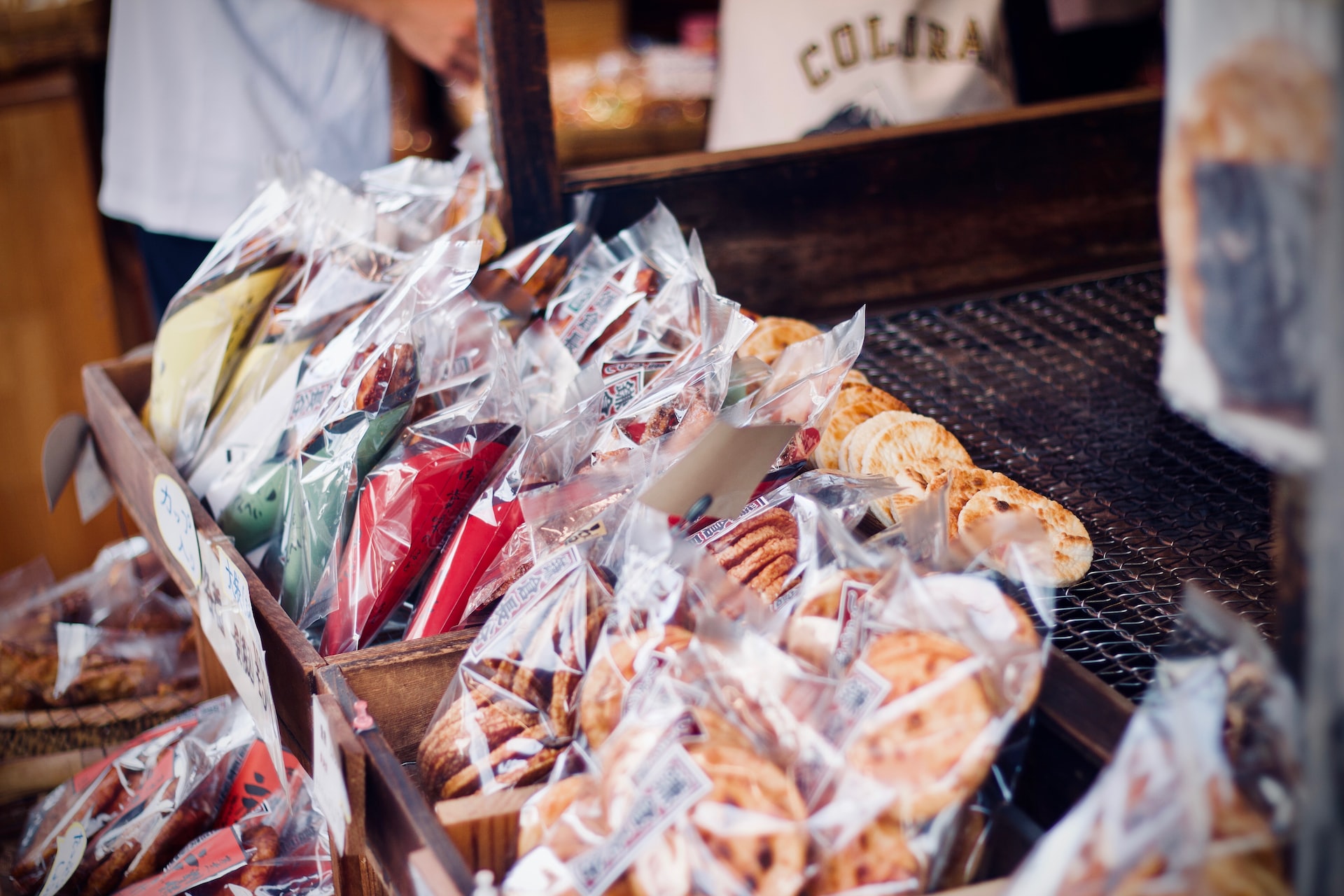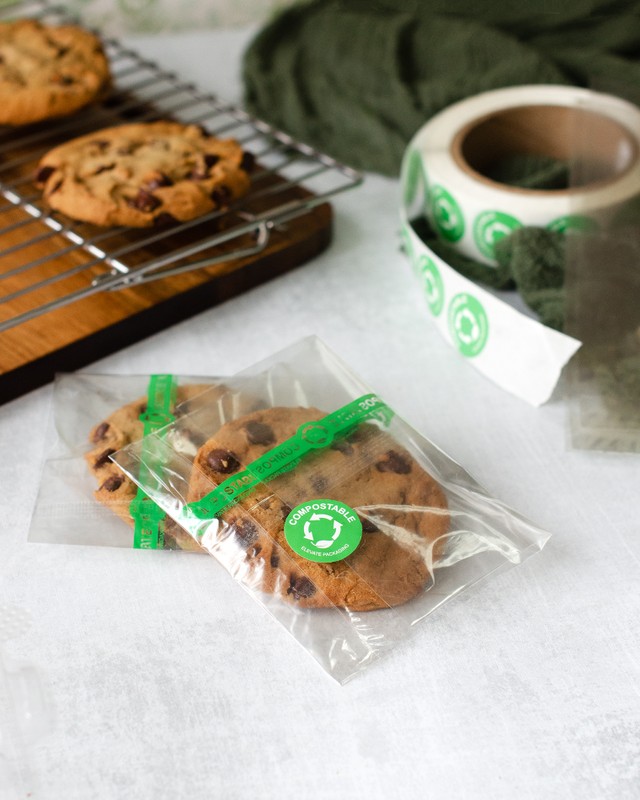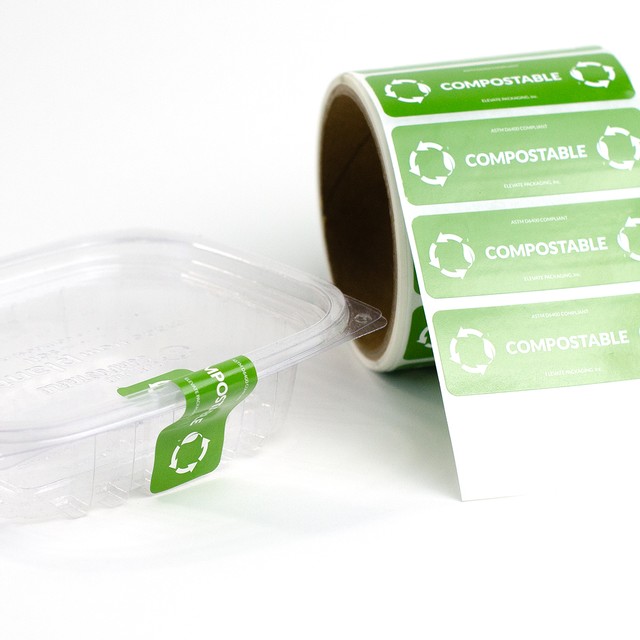Recent Posts
- Home
- Elevate Blog
- Labeling Compostable Products and Packaging
Labeling Compostable Products and Packaging
Posted on
Compostable products, particularly bioplastics, have advanced tremendously in recent years. These innovations have made it very easy for brands to shift from conventional plastic to compostable packaging without impact to the function or appearance of the packaging.
New compostable solutions often mimic non-compostable alternatives so well that they actually look, function, and perform similarly to their petroleum-based counterparts.
Unfortunately, these similarities in appearance can cause problems for both consumers and composters.

Consumer Confusion
It's important to communicate clearly about your sustainable packaging. When compostable packaging is not labeled it can end up in recycling streams or being sent to landfill.
Non-compostable products can also end up in the composting waste stream.
Composter Confusion
A compostable clamshell container can look very similar to a plastic container! Non-compostable items can make their way compost piles. Produce stickers are of particular annoyance!
Compost contamination is costly to deal with and dangerous to the environment. Composters will err on the side of caution to avoid contamination, and will remove an unlabeled product from the composting stream entirely.
Accurate Labeling Stops Greenwashing
Greenwashing is where a company will use sustainable-sounding phrases and words to make a product sound more eco-friendly than it is. Terms such as biodegradable and oxo-degradable, as well as sourcing statements such as "Made From..." can mislead consumers into thinking a product belongs in the composting bin when it does not.
Some of these terms have been misused in such a way that restrictions on their use has started to become part of composting legislation. Both San Francisco and Washington State composting legislation prohibits the use of these misleading environmental marketing claims.
What’s the Difference Between Biodegradable and Compostable?
When no official standards are in place, labeling of compostable products can vary wildly. From misleading claims on non-compostables, to no indication of compostability at all. This may prevent compostables from reaching the compost facility, or cause plastic contamination in the compost stream.
How Should I Label My Compostable Packaging?
Compostable packaging should be clearly and visibly labeled as compostable.
The US Composting Council provides labeling guidelines for compostable products, with example statement language: USCC - Compostable Products.
The Biodegradable Products Institute have also released labeling guidelines for compostable products: Guidelines for the Labeling and Identification of Compostable Products and Packaging
Some States may have specific guidelines on how your packaging should be labeled - Compostable Product Labeling Legislation.
Why Label My Compostable Packaging?
In addition to reducing contamination and confusion regarding compostables, labeling your compostable packaging also opens up opportunities to promote your eco-friendly products and to inform your customers about the benefits of composting!
Compostable packaging clearly demonstrates your brand's authenticity and commitment to creating a circular economy. It shows your customers that you care about the effect your product has on the environment from beginning to end. You don’t simply provide a potentially compostable product, but a product that will be composted!
We've created pre-printed compostable stickers that you can use to easily indicate that your packaging is compostable.
Using compostable packaging shows customers that you understand that it is as much about developing a mainstream composting system for the future as it is about items composting today.
How? Your packaging gets customers talking about composting!
While composting has been around for a long time, the idea of compostable packaging is still relatively new. The more people we have on board, the better we can show that compostable packaging is the most sustainable option for a circular economy.
*Posted Nov 2020, updated Sept 2022
 Loading... Please wait...
Loading... Please wait...





